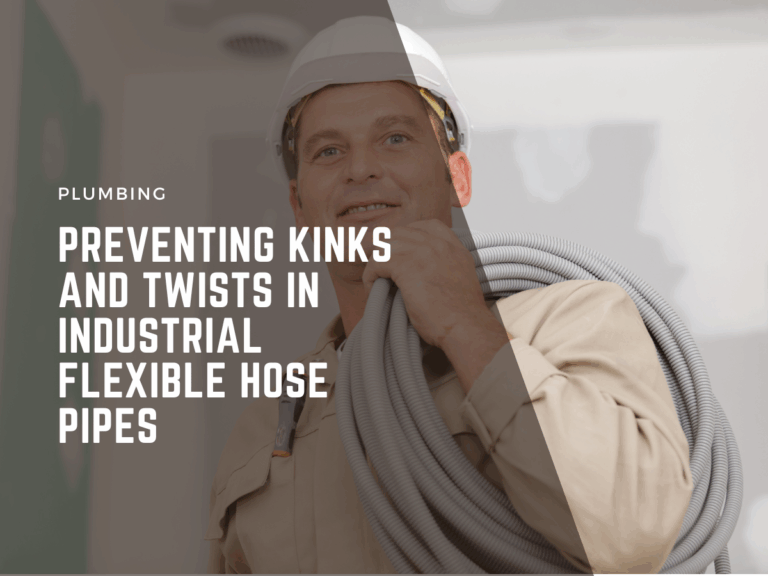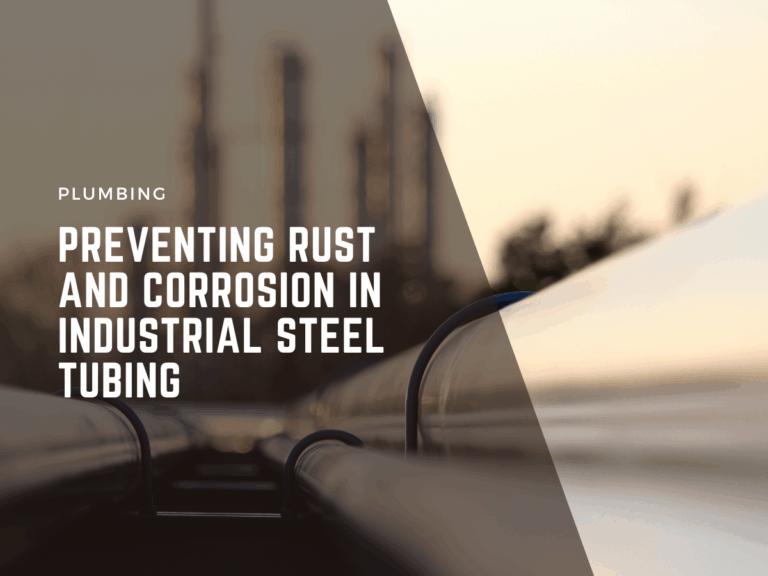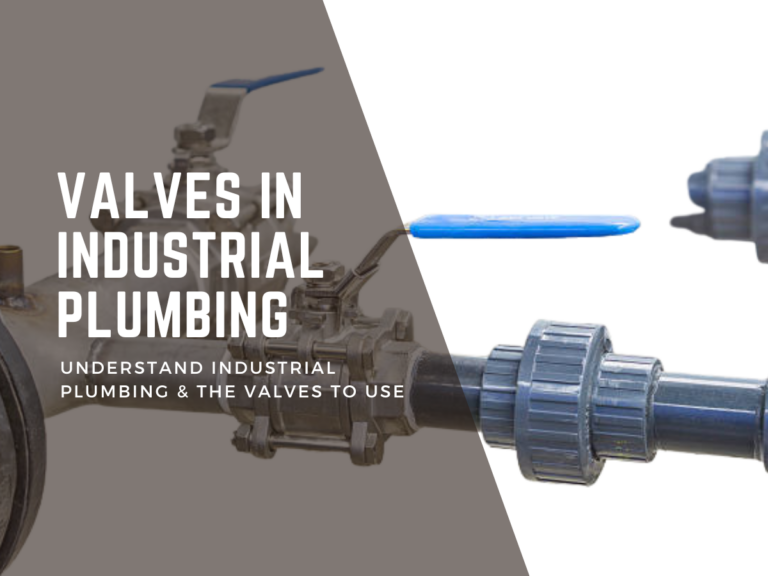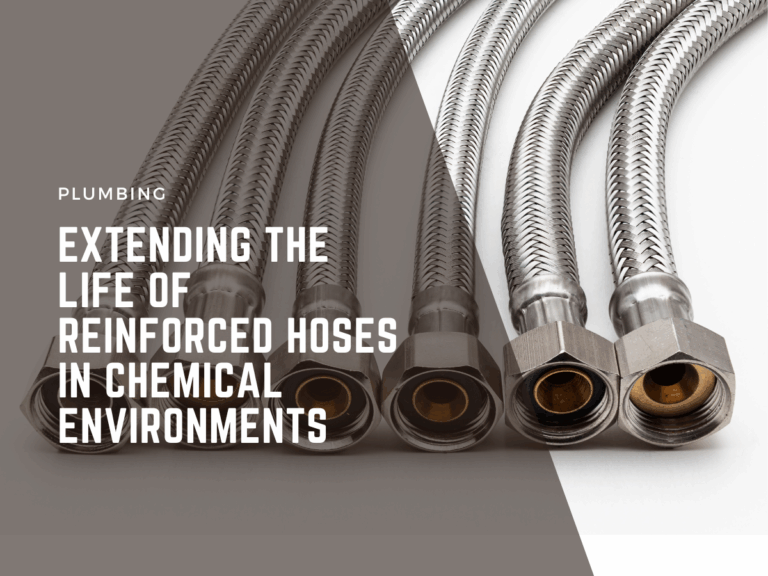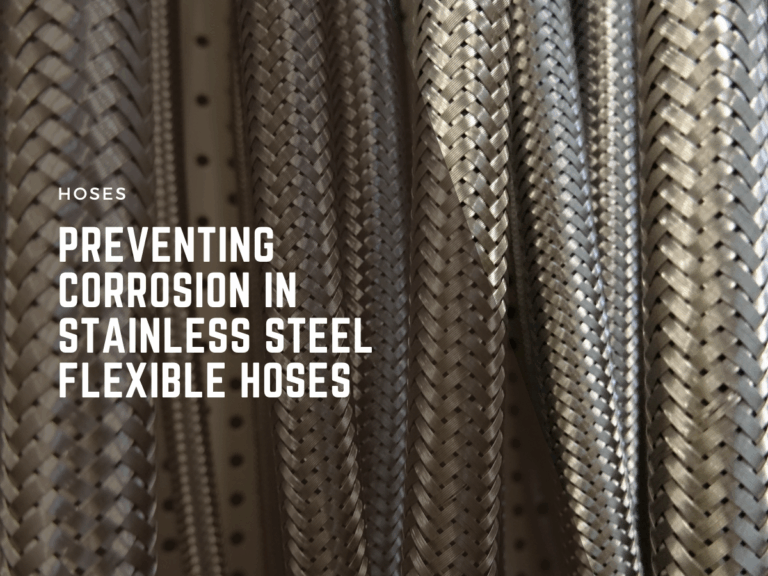Are your current hose choices leading to unexpected downtime or costly maintenance? Choosing the right industrial hose supplier affects project speed, maintenance frequency, and equipment uptime. In industrial systems, the hose is critical for seamless operation.
A poor-quality hose, or one unsuited for the application or climate, creates serious risks. This includes safety issues, damaged equipment, or halted jobs. We understand that suppliers are not all the same, despite outward appearances.
Some offer extensive products but lack local experience. Others may have quality stock but struggle with delivery or bulk orders. Based in Malaysia, you must consider how products endure local heat, humidity, and rainfall patterns. This makes supplier selection a critical, ongoing decision impacting your entire workflow.
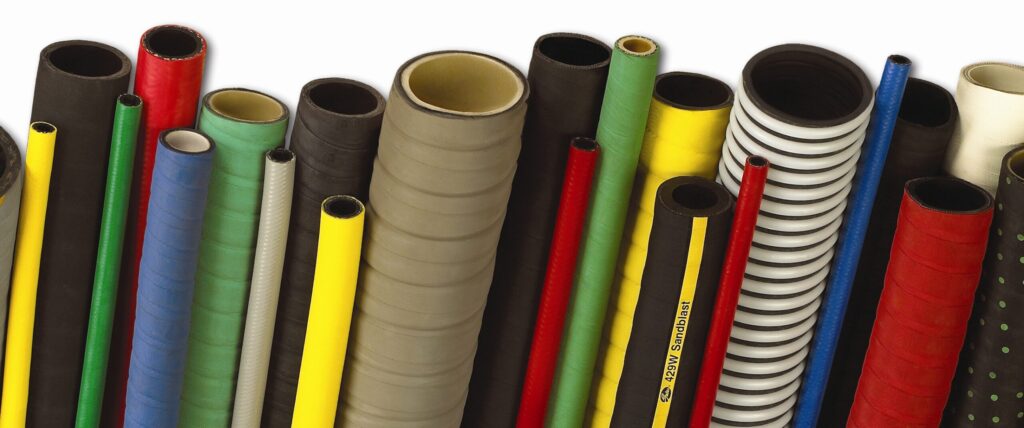
Understanding the Importance of Choosing the Right Hose Supplier
Does a hose seem like a minor component in your complex system? When handling high-pressure fluids or intricate machinery, the hose is as vital as valves, pipes, or fittings. A knowledgeable supplier can recommend the precise hose material — whether rubber, stainless steel braiding, or industrial-grade plastic.
Read : Troubleshooting Common Issues with Industrial Hose Fittings in Malaysia
This expertise prevents future repairs and lost time. We stress that selecting just any supplier for convenience or low cost often leads to significant issues. This is especially true when your team faces mid-project failures.
Choosing the wrong supplier can result in several critical problems. Hoses may wear out faster, requiring frequent replacements. Mismatched fittings and couplings can cause leaks or system strain.
Delivery delays often stall entire projects. Lack of technical advice can result in using the wrong hose type. Poor support leads to wasted time on follow-up calls and emails.
Choosing a trusted supplier becomes even more important in high-risk applications. A leak in a chemical hose or one carrying hot steam is not merely an inconvenience. It poses a direct health and safety issue.
Key Criteria for Evaluating Hose Suppliers in Malaysia
What are the critical benchmarks for a reliable hose supplier? We advise using a comprehensive checklist when evaluating potential partners. Here are core factors to consider.
- Quality of Products: Always inquire about the materials used in the hoses. Are they resistant to chemicals, UV radiation, or abrasion in your specific environment? Ensure their hoses meet global and local safety or industry standards. Poor compliance risks fines or severe onsite accidents.
- Range of Offerings: Confirm the supplier offers a full line of hoses, from air and water hoses to high-temperature and chemical-resistant options. Verify that compatible fittings, valves, and other accessories are also available. This allows for streamlined, single-source procurement.
- Experience and Reputation: Suppliers with extensive experience handle technical questions more effectively. Our five decades in the Malaysian industrial sector provide unparalleled insight. Try to ascertain how others in your industry view the company. Are they known for on-time delivery and consistent product quality?
- Customer Support and Services: Ask about their technical support for hose selection based on your job or environment. Inquire about warranties, replacement policies, or on-call assistance for post-purchase issues. Our technical specialists frequently advise clients on optimal hose solutions.
- Delivery and Logistics: Fast delivery is crucial, especially for sites outside major cities or in remote locations. Check their capacity for scheduled deliveries and handling bulk orders without affecting your timeline.
Not all these boxes need to be ticked perfectly, but missing too many poses significant risk. A good supplier does more than just ship products. They actively help you choose the right tools and ensure timely arrival.
Environmental Considerations in Malaysia
Is your hose selection resilient to Malaysia’s unique climate? When choosing an industrial hose supplier in Malaysia, consider more than material strength and cost. The environment significantly impacts hose longevity and performance.
Constant humidity, intense heat, and regular seasonal rains can degrade low-quality hoses prematurely. We emphasize asking your supplier about their products’ performance under these specific conditions.
Hose materials like stainless steel braided hoses or high-quality rubber generally hold up better. However, the hose must also be UV resistant for outdoor use. It also needs sufficient flexibility to avoid cracking with temperature fluctuations.
Some hoses may become brittle or “sweat” in Malaysia’s heat, creating safety issues or poor flow. If dealing with chemical exposure, ensure the internal lining is resistant to corrosion and build-up. Adherence to ASTM standardsfor material testing is key.
Sustainability is gaining attention in our industry. Some businesses now inquire about recycled materials or lower-impact production methods for frequently replaced components. This not only reduces waste but also protects workers from unknown residues or cheap coatings.
We encourage you to ask specific questions: How does the hose perform in long-term moisture? Has it been tested in high heat for extended periods? Are fittings treated to avoid rust and staining? Does the packaging or disposal method meet Malaysian waste rules?
Considering the environment is not a delay. It protects your setup and prevents surprise failures. Planning for these conditions provides peace of mind during heavy rain seasons or extended sun exposure.
Cost vs. Value: Investing in Durability
Are you tempted by lower upfront costs for industrial hoses? Saving money initially may seem smart, but if hoses fail prematurely or can’t handle the load, it ultimately costs more. This includes labor for replacement, potential downtime, and safety risks from leaks.
We advise comparing prices with the total value delivered. A hose that lasts twice as long is typically worth a higher initial investment. Look at what is included in the cost beyond the product itself. Some suppliers offer extra support, guarantees, or fitting advice, which can prevent costly mistakes.
Cheaper hoses often skip proper lining. This can cause swelling or pressure loss under normal use. Others may use rubber blends that react adversely to chemicals. These problems don’t appear during ordering, but they surface during use, often at the worst possible moment.
Consider these aspects when evaluating value: How long will the hose last in your actual use case? How often are similar hoses typically replaced in your industry? Will the hose integrate seamlessly with your current valves and fittings?
If a problem occurs, will the supplier provide prompt assistance or send replacements? Will using this hose type save maintenance hours? Cheaper options only make sense if you accept substantial trade-offs.
A superior hose that reduces downtime, enhances safety, and resists Malaysia’s challenging weather offers significant long-term value. The extra cost consistently earns its way back through improved operational efficiency.
Ensuring a Successful Partnership with Your Hose Supplier
How do you maintain long-term reliability with your hose supplier? Once you’ve found a supplier that meets your technical needs, maintaining a strong relationship is crucial for sustained operational efficiency. When restocking hoses, buying new fittings, or planning specialty valves, a supplier who understands your setup makes a significant difference.
Start with clear, detailed communication. Inform them about hose usage, expected pressure, chemical involvement, and temperature limits. This enables them to suggest optimal choices and new products. Ask questions proactively, not just when issues arise.
This partnership is reciprocal. If your supplier upgrades a product or adds new hoses optimized for Malaysia’s weather, you should be informed promptly. Regular communication helps both parties prevent small issues from escalating.
For example, a site in Selangor experienced frequent line bursts during wet seasons. Their hoses were not built for the region’s heat and moisture swings. After a quick site visit, we suggested switching to double-layered flexible hoses designed for high humidity. That change stopped leaks and reduced downtime by almost half the next year.
Having a supplier that keeps records, replies quickly, and understands your application of their parts makes a significant difference.
Maintaining Quality with the Right Hose Supplier
Does your quality assurance process extend to your hose suppliers? The work doesn’t stop when hoses arrive or are installed. Even the best unit needs periodic checking to remain reliable. That is why regular reviews are essential, not just for the product, but for the supplier too.
Monitor how each hose performs during day-to-day operations. Look for early signs of strain, loose connections, or performance drops. Observe if parts wear faster than expected or if hoses move or bend due to pressure.
Maintain detailed records of hose replacement frequency. Document any early wear or loose connections. Note any hose movement or bends caused by pressure.
This feedback facilitates helpful tweaks, like small changes in length or lining, that can make all the difference. For systems in Malaysia, where sun and rain rapidly change conditions, an annual review can prevent expensive overhauls. Keeping this loop open builds mutual trust. It helps you plan better and ensures each change improves your system.
When you’re ready to find a reliable hose supplier that truly understands the demands of your industry, explore the range of quality options available with Simlec Co . Our catalogue of flexible hoses is crafted to meet both your performance and environmental needs, ensuring durability in Malaysia’s unique climate. Partner with us to ensure your systems operate smoothly and efficiently.

